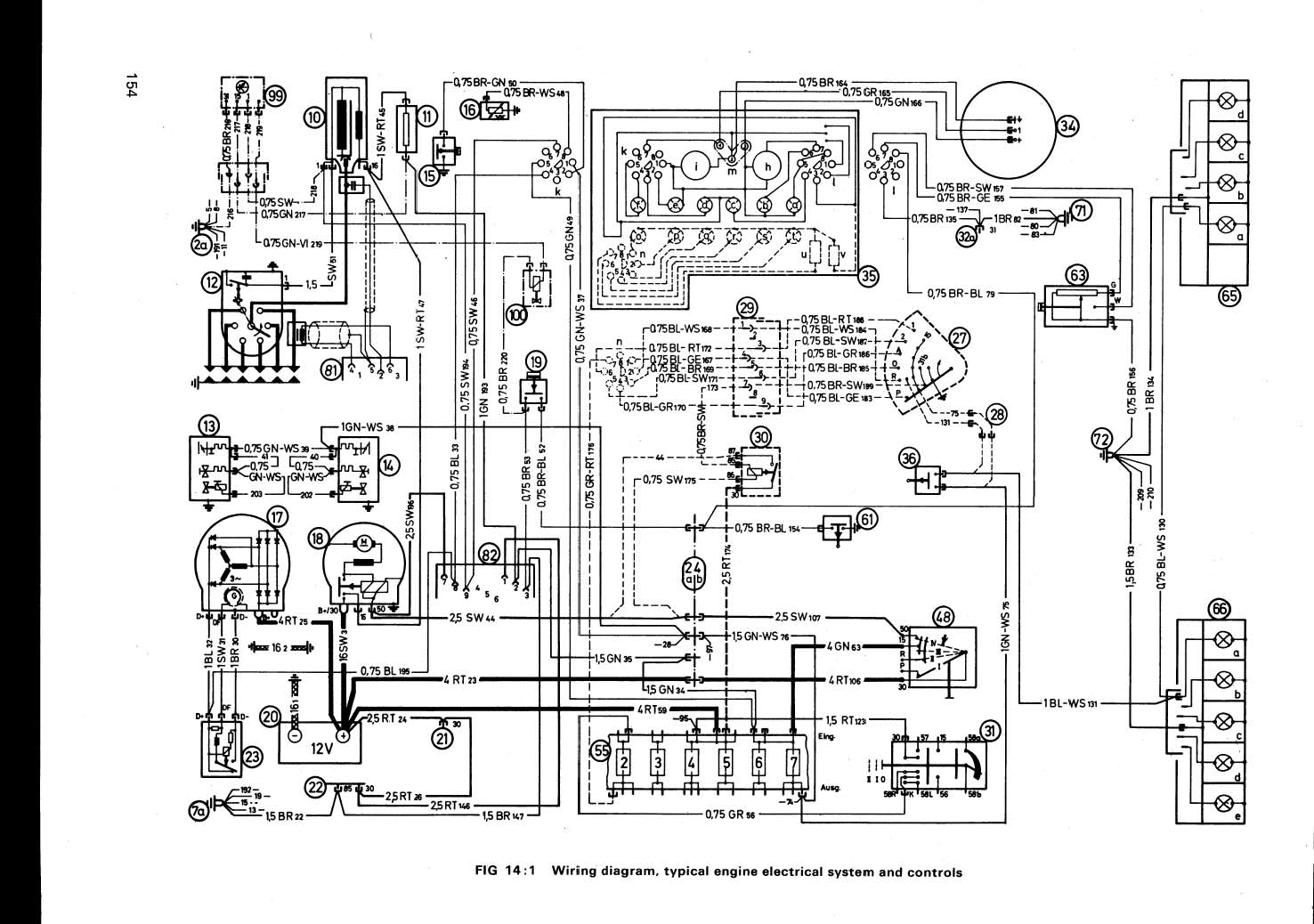Leonard, hold on a minute there big fella!
IMNSHO... the problem isn't the starter at all, it's (maybe) a low amperage battery, but much more likely that the solenoid isn't performing correctly. A bad battery would result in no activation at all, or just stuttering clicking, or be unable to crank the engine over. You can have the battery load tested, usually for free, to rule that out. I've had starter difficulties only twice in my three dozen or so bimmers. One, a '70 2002a, had a bad starter shaft bushing resulting in mismatch between the pinion and ring gears. That one was solved with a modified nylon bushing from a 320i.
The other was much more recent but still a couple years ago: grinding and failure to engage on the CS, with a known good battery. Yes, starter removal is a real piece of work and that's just the way it is. I got the starter out and bench tested it. I found that activating the solenoid wasn't energetically throwing the starter pinion gear out to where it would properly engage the flywheel ring gear. Further, accessing the solenoid contacts required unsoldering the braided wire from solenoid to starter, and I didn't have decent heat source. I settled for spraying some WD40 into the pivot point of the solenoid lever and on the starter shaft, and working it by hand until the pinion gear activated freely.
The only bad electrical motor I dealt with was a Volvo wiper motor, where the magnets had become unglued from the case. I used epoxy to set them back and alles gut! Could have bought a new wiper motor but no... not the chosen path for Frugal MacDougal..
Functionally, turning the ignition key serves to ground the solenoid, activates an strong electromagnetic coil which thrusts the pinion gear rearward where it engages the flywheel ring gear. Activating the solenoid also grounds the starter. Remember the battery hot wire runs directly to the starter, providing it with full voltage at all times, but to run, the electrical path through the starter needs to be grounded by the solenoid action closing internal contacts.
Back in the day, air-cooled V-dubs (I had seven) would develop a weak starter solenoid. The answer with those was to mound a hefty relay back there, rather than replace the solenoid, because to do so was cheaper. You seem to be taking this path, but I suggest your solenoid be proven good first.
Some additional points, though: as some have suggested a new starter would solve the problem because the new starter would come with a new solenoid and both would have clean bright contact terminals (have you checked yours, including grounds and battery connections? There's also the sex appeal of a newer possibly more powerful starter. I once put in a stronger starter from a later 5 series my 2002 tii. It spun faster... a little... but that was never a car with starting problems in the first place, so the realized benefit was mostly mental. You can do that, but I think all paths appear to require removal of your present starter.
'Scuse me for going on and on, but all of us home wrenchbending knucklebusters can use a little guidance from time to time. Hope you find this useful. At least, if someone digs this up later, there's a record of an alternative approach. Add value, see below!

